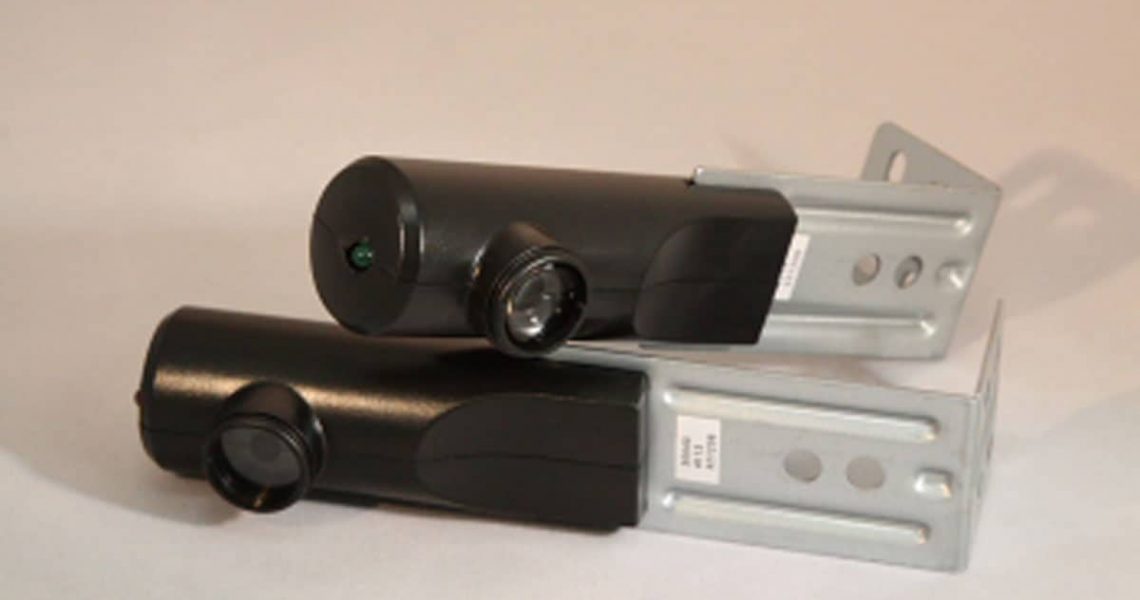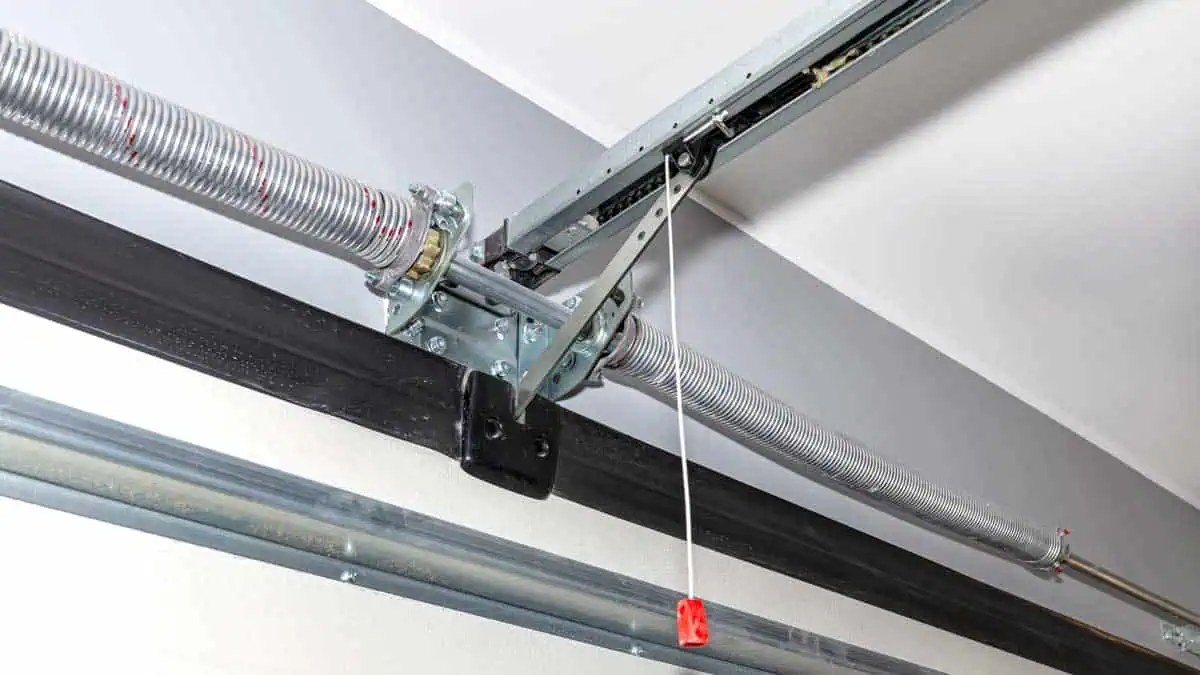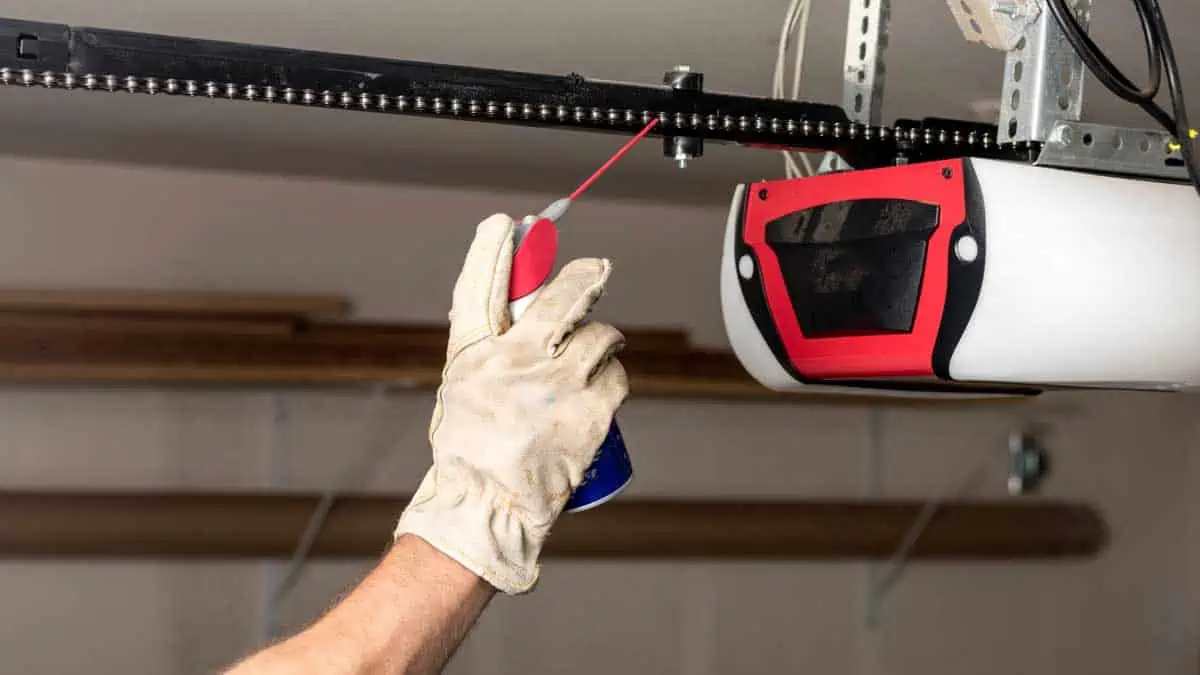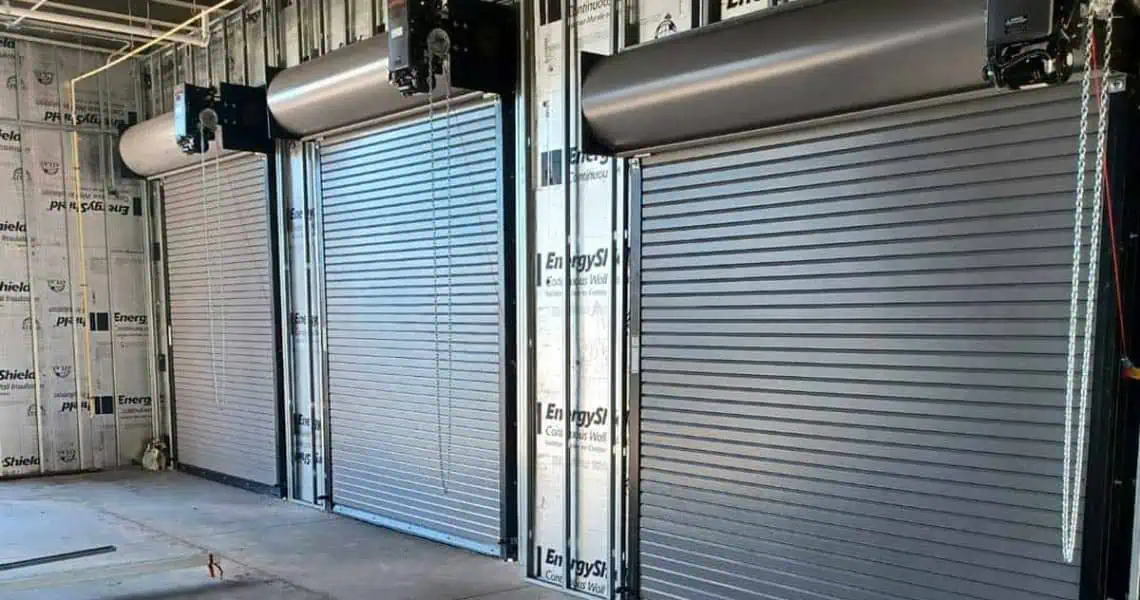Garage door sensors are built into most garage doors to keep people, pets, cars, and assorted objects safe from the weight of the garage door. The sensor is a small motion sensor at the bottom of the garage door (on most models) that prevents the door from closing if it senses an obstruction. Most garage doors aren’t that “smart” beyond this sensor, and so if something is blocking it there is no way to get the door down other than to override the sensor. In this post we’ll take a look at how to fix a sensitive sensor.
Check for Obstructions
In the Path
This should be obvious, but it’s best to list it in case you’re doing the garage door equivalent of looking for your glasses when they are on your head. If there is a trash can, sports ball, or other object in the path of the sensor then the sensor is not broken it is simply doing it’s job. Remove the obstruction and get back to a working garage door.
On the Sensor
The other type of obstruction that you might find on your garage door sensor is an obstruction on the sensor itself. This can happen when dirt, bugs, paint, water, or any other kind of substance gets on the sensor itself and makes it think that something is blocking the path of the garage door. You should be cleaning your sensor every six months or so, and more often if you find that it isn’t functioning. Check the sensor for obstructions and clean it if something is on it.
Electrical Issues
Sometimes the sensors are functioning properly and they have great positioning and are super clean but the door is still not working. This generally means that the sensors are experiencing some electrical issues. If you have any flashing or out of place lights on the sensor–or there are usually lights but now there are no lights at all–then you might be experiencing wiring or electrical issues. Hopefully this is simply a plug or battery, but you may need some garage door specialists to come out and check it out if the issue persists.
Damaged Sensors
You may need to simply replace the sensors, if they are positioned properly, are clean, and have power. Damaged sensors can occur through a swift kick, a nudge by a car, or a bouncing baseball.
Sensors are Not Positioned Right
If you’ve checked for obstructions and nothing has come up then you’ll want to look at the sensors to make sure that they are still positioned right. Most garage door motion sensors use kind of transmitters and receivers, shooting an infrared beam that needs to get from one sensor to the other without being broken by any obstructions. In addition to objects like basketballs and dust getting in the way, sometimes the sensors won’t be aligned right and so the beam won’t get to the receiving sensor.
While your sensor can start out fine, if it is not secured properly it can get knocked by a foot or a stray ball and get out of alignment. If you are having trouble lining up the sensors you can use a laser level to make sure that they are facing each other properly. Sometimes your garage will be a bit off or one beam won’t be pointing straight, which can create problems. If this is the case, you may really need to use the laser level. Some sensors also have a setup feature that will allow you to get a visual light that goes off when the sensors are aligned. Check your manual for the motion sensors.
Other Issues With Garage Doors Not Closing
Your garage door might not have a motion sensor problem, it might be failing to close for a different reason:
Door Sensitivity
Most garage doors have an additional safety sensor built into the door or machine at the top itself. This door sensor will sense any resistance that the door encounters on the way down, and it causes the door to release and pull back up if it hits anything. This is usually in addition to the sensors located by the floor, and it is a failsafe to prevent the door from applying pressure to an object below the door. This sensor can either be too sensitive or can stop functioning properly. A malfunction will usually mean that the door gets all the way down and touches the floor and then springs back up. If the door is getting all the way to the floor and springing back up, this usually means that the motion sensors are working fine and that the issue is occuring with the pressure sensor.
Busted Springs
Take a good look at the springs on your garage door. If you have had the same springs for a while and they’ve lost tension or have become damaged, you should be able to get an immediate, good visual on the situation. Springs can be a bit dangerous to repair and you should always get professional help on this.
Track Damage or Cable Damage
Damages to the motor, track, or cables of the garage door opener will cause the machine to not work properly. If any of these things are damaged in the right way, the door will not want to fully close and will remain in an upright position. When it tries to lower, it might snag on the track or cables and the failsafe will cause the door to shoot back up.
Limits to How Far the Door Can Travel
If you have a new door or an old door that has drifted, you may have an issue with the default settings on how far the door will travel. Most machines have a small setting that tells the door how far it should travel when it is going down. If the setting is new or if has drifted or been bumped, then the door might not stop at the bottom. Additionally, the odd tension of a half-closed door might trigger a sensor and spring the door back up.




